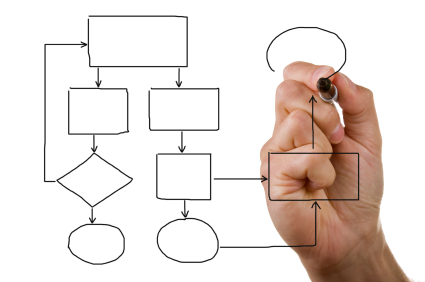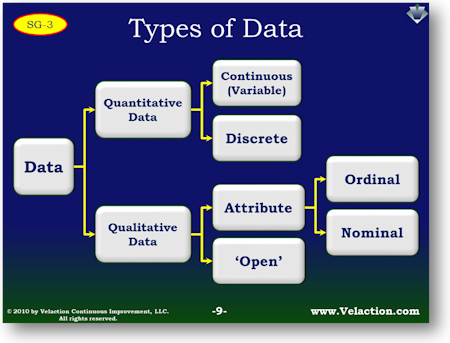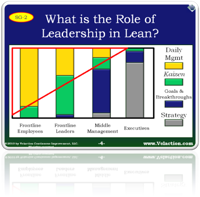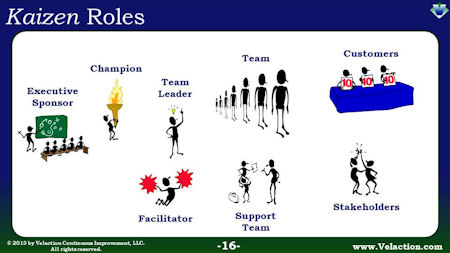Flow Chart
A flowchart is a visual representation of the progression of an entity (product, person, information, etc.) through a process. A flowchart is a visual representation of the progression of an entity (product, person, information, etc.) through a process. Flow charts have two main uses. Process flow charts are used for Read more…




